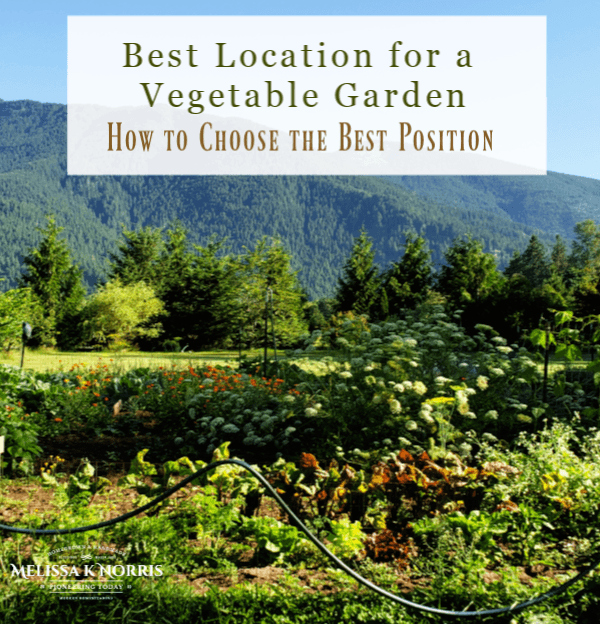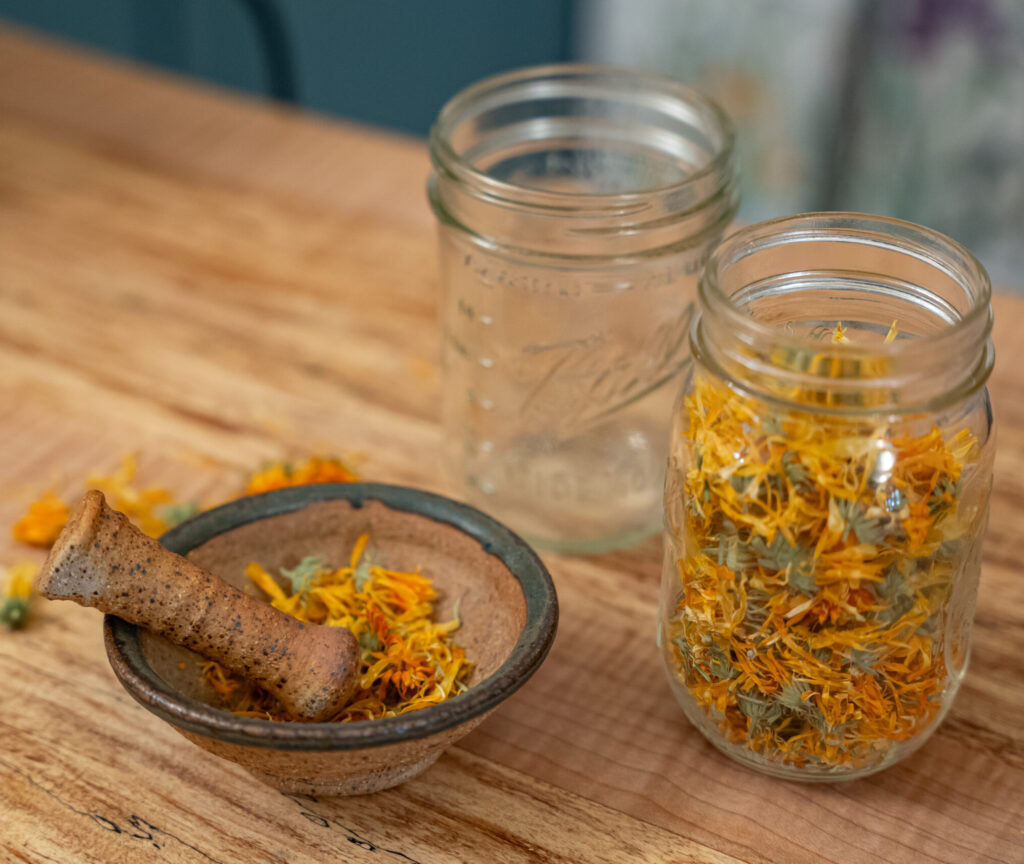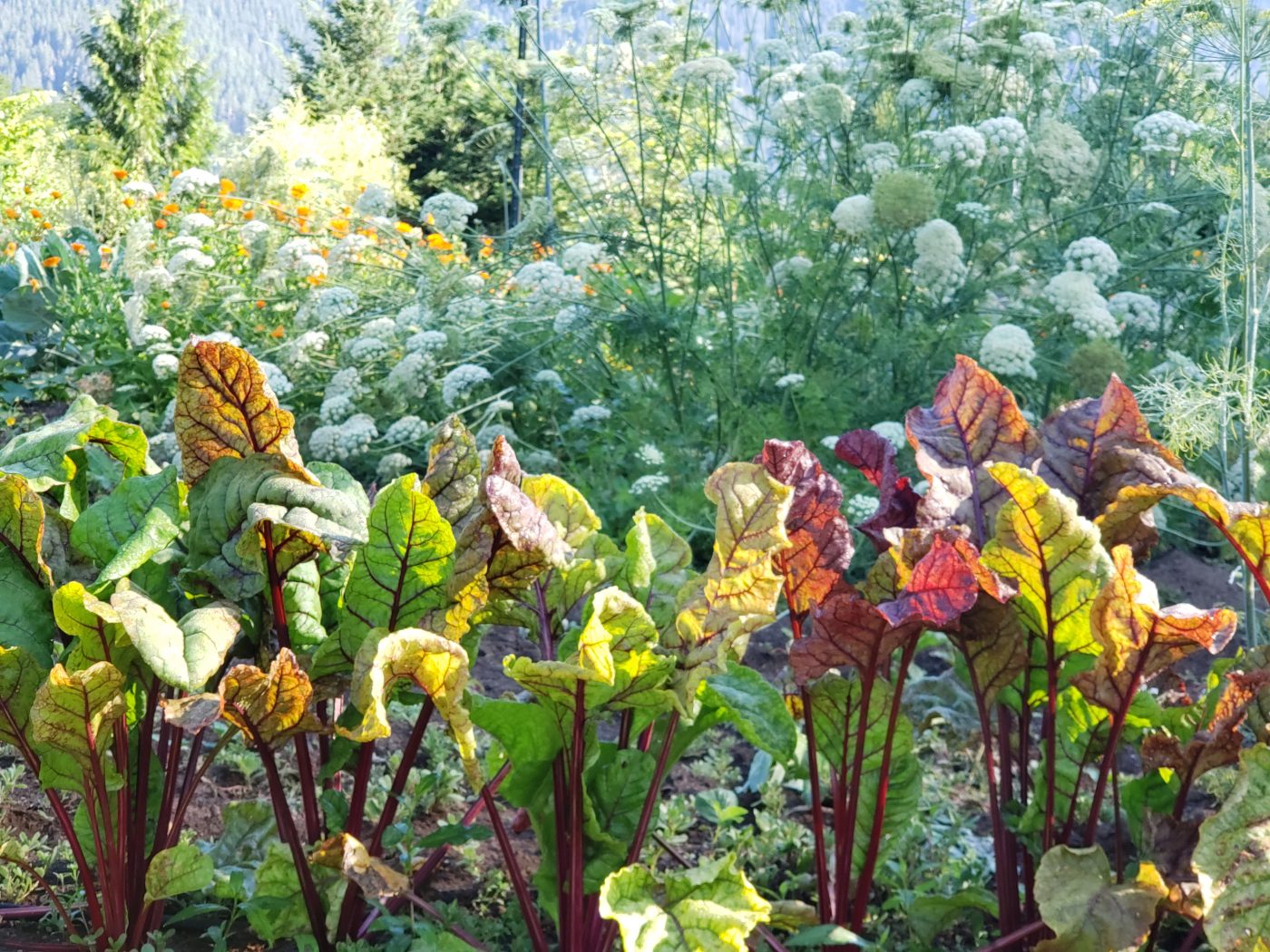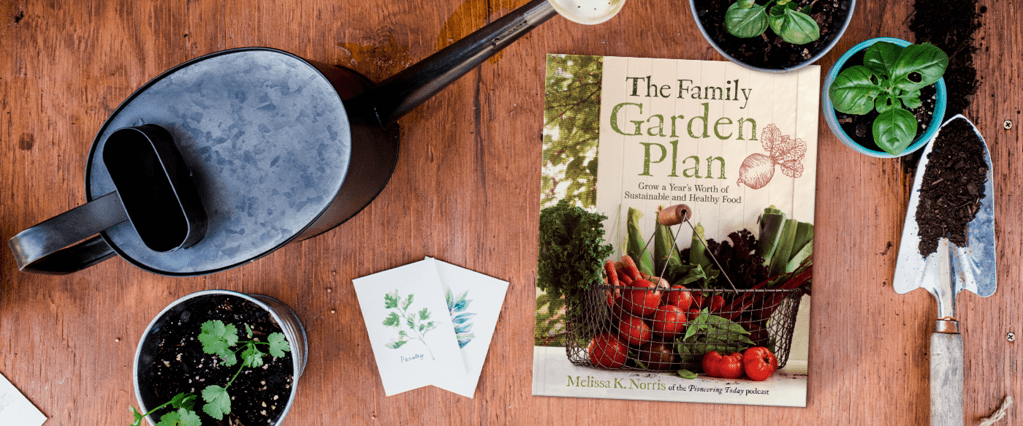Find the best location for a vegetable garden and how to choose the best position so you can grow as much food as possible for your family without battling the wrong spot for a plant. Choosing the best location and position for your vegetables, fruits, and herbs is important for the health of the plant, especially when putting in a new garden bed, but even a singular plant to existing beds.

You may already have an existing vegetable garden, maybe you’re moving to a new location or maybe you are putting in a garden for the very first time. But, regardless of that situation, even myself having two-plus decades of having a vegetable garden (we’ve been on our property since 2006), I still use these steps when adding in my new plants for the year.
Natural Remedies Made Simple

Start your home apothecary with confidence—even if you’re brand new. Learn how to choose the right herbs for your body using the simple principles of herbal energetics.
Discover how warming, cooling, drying, and moistening herbs affect your body—so you can stop guessing and start making remedies that actually work.
Usually, if you are a lifetime gardener, you’re going to want to put in some new plants or maybe a new bed or two. This advice is going to behoove you really no matter which of those categories that you fall into.
Listen in below to the full podcast, Episode #235 Best Location for a Vegetable Garden – Choose the Best Position of the Pioneering Today Podcast, where we don’t just inspire you, but give you the clear steps to create the homegrown garden, pantry, kitchen, and life you want for your family and homestead.
Table of Contents[Hide][Show]
- Best Location for a Vegetable Garden – How to Choose the Best Position
- 1. Eastern exposure
- 2. Southern exposure
- 3. Western exposure
- 4. Northern exposure
- Evaluate Sunlight
- How to Identify Microclimates
- Grow more in your garden this year with my new book The Family Garden Plan: Grow a Year’s Worth of Sustainable and Healthy Food
Best Location for a Vegetable Garden – How to Choose the Best Position
One of the most important pieces of deciding where should you put your vegetable garden is making sure it gets the right amount of sunlight. Vegetables, fruit and berry bushes require 6+ hours of sunlight a day.
But not all hours of sunlight are the same in regards to intensity and heat. If you live in a northern climate, you’ll most likely need to plant your vegetable garden in a south or west facing location where as a hotter climate might pick an east and south facing location instead. Because I’m in a northern climate I put my tomato rows east west to take advantage of the southern exposure.
Almost every piece of property, every home, every type yard, regardless of how big or how small has what I call microzone or microclimates within your yard. These are the 4 basic zones every yard has:
1. Eastern exposure
Eastern exposure gets the early morning and afternoon sun when it’s not quite as hot, but usually too late, mid-afternoon, it’s going to a more shaded area. East facing vegetable garden plants would include cool weather crops like lettuce, cabbage, and kale that don’t like extreme heat (they still need 6+ hours of sunlight). Eastern facing gardens are also great for berry bushes that require some shade in the afternoon. Elderberries and blackberries do well in these areas as well as perennial herbs like mint and sage.
2. Southern exposure
Southern exposure provides you with the most sunlight and heat. Most vegetables need at least a minimum of six hours of sunlight to grow properly and a south facing vegetable garden works best in most locations for the biggest varieties of plants.
3. Western exposure
Western exposure doesn’t usually get sun exposure early in the morning but does get in the mid-afternoon until sunset. Keep in mind that during the summer, it is going to be a lot longer then it is at this time of year. A west facing vegetable garden is great for heat and sun loving plants, which fits the bill for most vegetables.
4. Northern exposure
Northern exposure is dependent on if its really deep northern exposure or not, especially if you have buildings with peaks that keep the area shaded all day. Typically your northern exposure is going to get the least amount of sunlight.
Now within these, of course, you have areas that will overlap. I have my western exposure, depending on whether it starts to come into my southern exposure, where it’s still a little bit west but it’s starting to go towards my southern. You have overlapping areas where you are going to get a little more of the climate or the hours of daylight and heat compared to others.
For my garden, I try to take advantage of southern and western exposure. So I am getting as much as that hot, direct heat, and sunlight as possible. I do have some things that tolerate the shade or don’t like the heat quite so much. They like a little cooler weather like some of my perennial herbs that do well. Some examples are sage, mint, and chamomile.
In the eastern exposure in mid-day, they are not getting that hot direct sun because it’s moved into the shade but they are getting enough sunlight during the day that they are doing just fine. I don’t have very much at all growing in my northern exposure. With the way my house is positioned, at the end of day and in the middle of summer it only gets direct sunlight one to two hours a day total.
Evaluate Sunlight
As you are looking to put in new garden beds or looking to expand and add new plants, it’s really important that you take the time to understand the needs of the plant, if it thrives more in shade, part-shade, part sun as well as heat/cold tolerance or the amount of direct sunlight it is going to need. And understanding of morning sun vs afternoon sun is also important as morning sun isn’t as intense.
The beautiful thing about going out and evaluating your property and looking at spots to put in new plants at this time of year is that you get to see the effects of getting heavy rain and/or snowfall and how drainage will go. You are going to see your lows spots because that’s where puddle will start to form or as the snow melts and where the runoff begins. It’s very important to recognize these patterns as you don’t want to put plants that don’t do well where roots get really wet and are susceptible to root rot in these locations of your yard.
I also like to watch where a lot of water will runoff. For example, if there is water that comes from my neighbor’s yard or tends to run with the natural ebb and flow of the land and runs downhill. Sometimes, you don’t really realize how hilly a yard can be until after a large rainfall or snowfall. These will help you make better decisions on where to plant things.

How to Identify Microclimates
The other thing I like to consider when planning a location for a garden, containers, or plants is when you have snow or frost is to go out in the morning and see as it warms up where the first spot begins to melt first. There are times you will have a frost line and these are indicators that these areas do not get much sunlight and that it is colder in this area. You would not want to put plants in these areas that are tender or require a lot of sunlight like a lot of heat. Especially your perennials that can’t deal with extreme cold. You would not want to plant them in these areas either. Chances are they are going to have a harder time coming back next year.
If you have extremely cold temperatures right now or even dew, going out in the morning is going to show you where the warm spots are first and the spots that the dew stays the longest. This gives you an idea of where to plant things based on your property where the microclimates on your property exist. For me, against the southern side of our home, in the dead of winter, that’s where snow and first melts first.
I moved my rosemary plant there. It used to die and didn’t come back every signal fall. That rosemary was planted in our vegetable garden in the western/southern exposure. It was too cold and too exposed.
I got a new rosemary plant and potted it next to the house in deep southern exposure where the frost and the snow melted first and that rosemary bush is now going on eight years this coming summer. The same bush comes back every and that was because of just changing the location of it. This is so important especially with perennials that you take the time to decide on what is going to be the best location.
I’ve actually been spending time going out and evaluating and checking this too even though I have a pretty good handle on our property. Every season I like to go out and see where I am going to add new things by spring and walking through this same process based on the plant. I am looking at bringing in a lot more medicinal herbs then I have currently. In fact, I have a big list of them!
A lot of them are perennials. I am loving bringing in perennials especially within my herbal medicine. But the more that I expand our herb garden with medicinal plants, I am looking at bringing in perennials because they are just less work overall. I don’t have to do as much planing with seed starting and reseeding and transplanting or direct sowing once they’re there, there’s usually some annual pruning depending on the plant itself. They are so much easier and they give us to harvest for years to come.
Resources from Episode #235
For my full crop rotation chart and instructions get a copy of The Family Garden. More questions? Check out Your Gardening Questions Answered.
Want my best resources and step-by-step instructions to growing your own food, preserving and cooking it, then get on the waitlist for the Pioneering Today Academy here for special sneak peeks and resources normally ONLY reserved for members.
Grow more in your garden this year with my new book The Family Garden Plan: Grow a Year’s Worth of Sustainable and Healthy Food
Order the Family Garden Plan: Raise a Year’s Worth of Sustainable and Healthy Food and all the bonuses to grow your food here . You’ll learn cold frames and season extenders, composting, and so much more!




